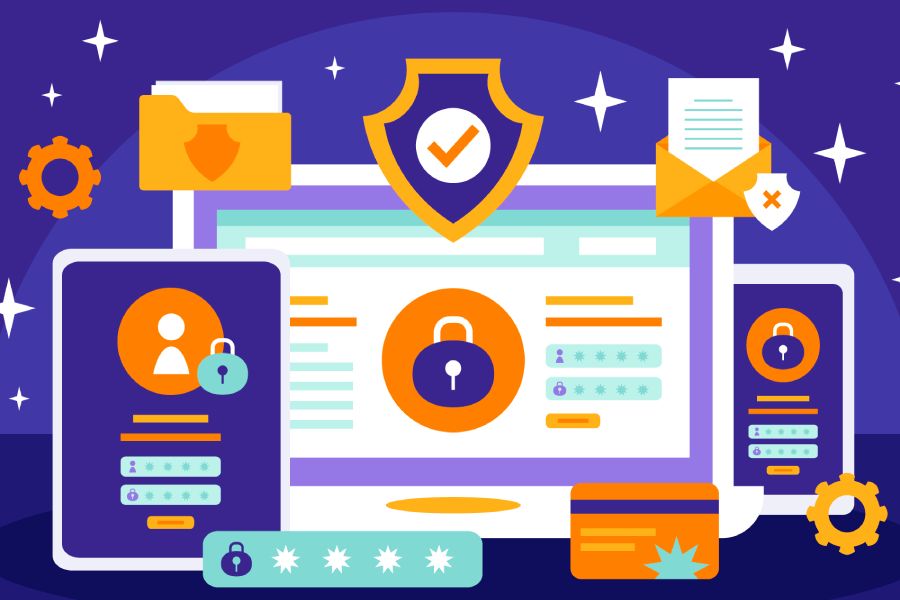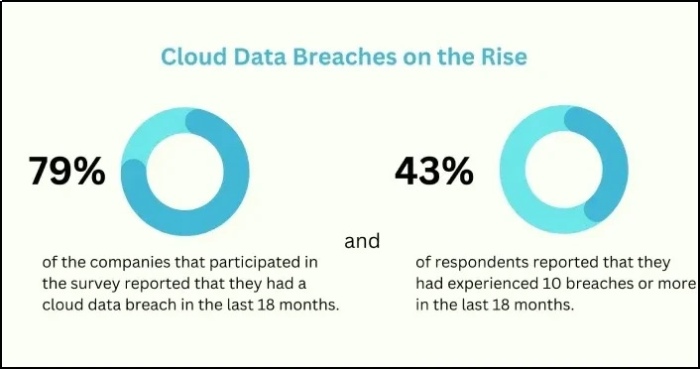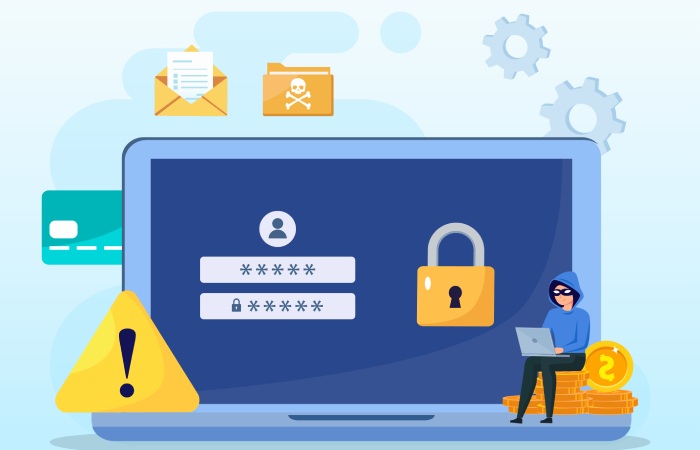Google announces many state-of-the-art security features, including AI-based ones, for Workspace users that can significantly help them combat phishing attacks and advanced cyber threats.
Securing data is paramount in an era where phishing attacks are becoming frequent, and businesses are migrating to cloud platforms. As a pioneer in the cloud space, Google has consistently strived to strengthen the robust security mechanism of its Workspace platform. In its latest move to counter online threats, Google has announced various security enhancements, some backed by AI.
In 2022, there was an alarming 38% increase in cybersecurity attacks over the previous year. Google is introducing new security measures considering the increasing menace from malicious actors.
Today, the average data breach cost is $4.45 million. The tech titan’s proposed innovative features, including phishing protection, could make significant strides in countering online threats such as phishing scams, ransomware attacks, and more.
Some of these protective measures are currently under testing, while others, imbued with the strength of phishing protection, are slated for implementation later this year.
AI To Support Many of Google’s Security Measures
The new bunch of security tools are aimed to protect Google’s suite of productivity tools, including Gmail and Drive. With phishing threats evolving and many malicious players deploying sophisticated attack mechanisms, Google has leveraged AI while developing its counter mechanisms.
These systems are currently in the testing phase. Google will likely integrate these updates into its Workspace by the end of this year or early 2024.
Exploring Google’s Upgrades to Strengthen Its Workspace Security
Here’s a close look at some of the security upgrades being made by Google for its Workspace.
1. Upgrading the Zero Trust Paradigm
Google is committed to strengthening its zero-trust model, a concept it helped shape. Zero trust is a modern cloud security framework capable of eliminating the drawbacks of inherent trust. It mandates rigorous identity authentication and authorization to draw its line of defense against phishing attacks and other threats.
Regardless of the user’s location within or outside the organization’s network, the system perpetually distrusts every component.
Currently, Google is combining zero trust principles with data loss prevention (DLP). This fusion empowers users to have AI within Google Drive for automated data classification. The technology has been developed to consistently label confidential and sensitive data while applying suitable risk-based controls. This practice ensures that such user data remains guarded against unauthorized access.
Moreover, Gmail is all set to get better DLP controls, enabling administrators to thwart accidental sharing of sensitive data. For instance, confidential information may get shared accidentally through a customer support email.
Google empowers administrators to tighten security protocols by turning off the ‘download’ or ‘copy-paste’ functions for such documents.
2. Context-aware Controls and Location Sensitivity
Recognizing the significance of location in data sharing, Google is introducing context-aware controls in Drive in its next set of upgrades. This innovative step will allow administrators to stipulate conditions like device location that users should fulfill before sharing sensitive data. This proactive stance from Google can prevent data leakage by working on predefined rules and parameters.
3. Leveraging AI for Surveillance and Safeguarding
With phishing scams scaling up rapidly, Google recognizes the importance of AI in cybersecurity vigilance. That explains why the organization uses AI to monitor log data for potential breaches and anomalies. Gmail users would also benefit from this AI-driven scrutiny and can swiftly identify and address suspicious activities that point to compromised accounts. To operationalize these controls across hybrid environments, security teams should conduct an AI security assessment to map data flows, surface misconfigurations, and prioritize remediation for Workspace-connected apps.
4. Empowering Data Sovereignty
Data sovereignty continues to be a challenge, particularly for organizations that need to keep information under its strict jurisdiction. In this context, Google has developed client-side encryption, a technology already available on desktop platforms. Soon, this technology will be extended to the mobile versions of Gmail, Calendar, Meet, and other Workspace tools.
One key feature of client-side encryption is that it empowers customers to retain control over encryption keys. This innovation ensures compliance with regional data security requirements. An extra encryption layer keeps the data secure from browser to browser.
Final Words
The global cybersecurity landscape is currently riddled with escalating threats, including phishing scams. At this juncture, Google’s decision to release the security enhancements is crucial, reiterating its commitment to fortifying Workspace against phishing attacks and other security threats.
Besides, Google is keen on shaping its security mechanism with a multi-faceted approach, including the power of AI. Such strategic investments of Google in Workspace will significantly fortify its defense mechanism against the most dreaded malicious actors.



